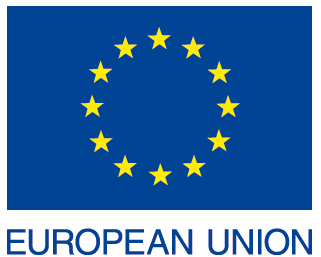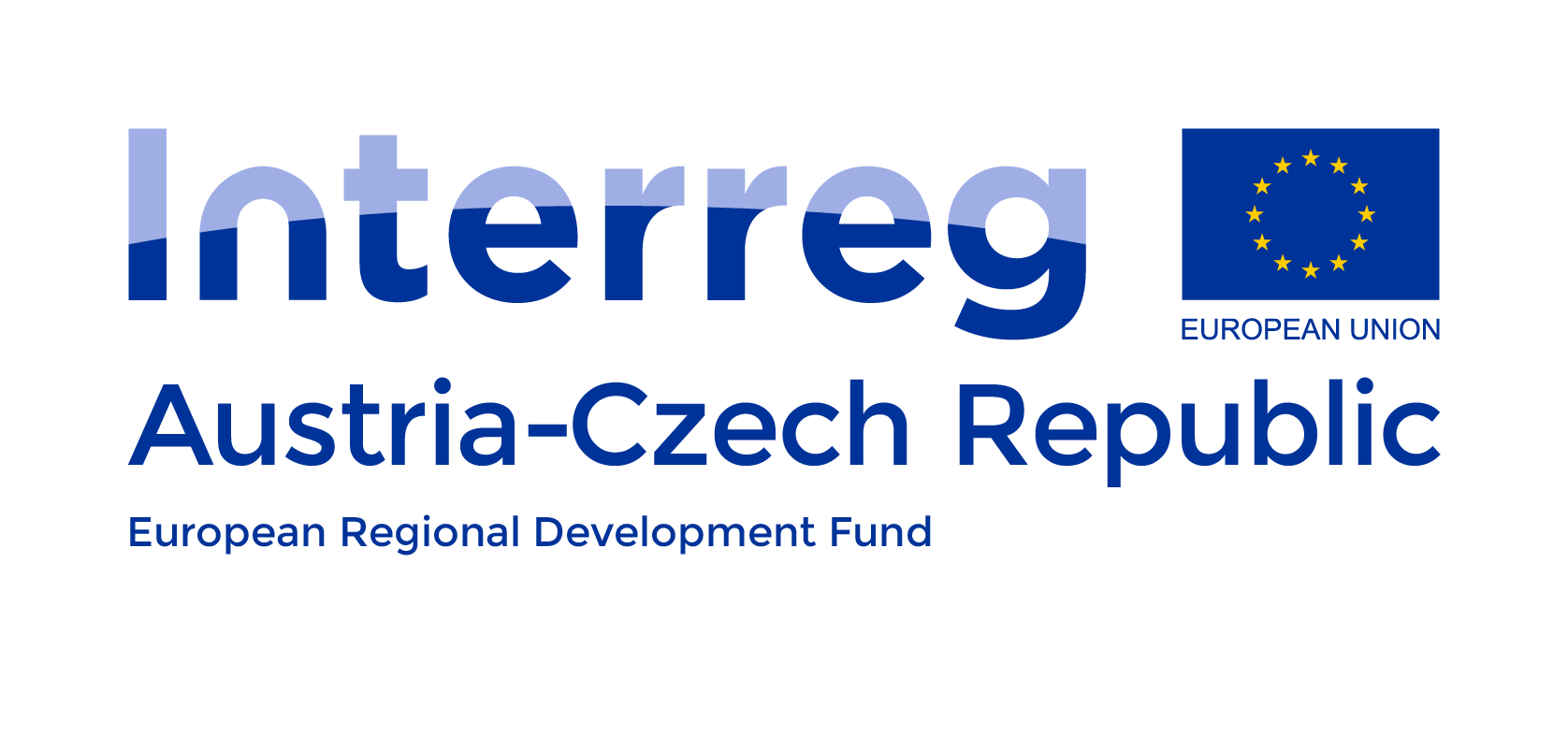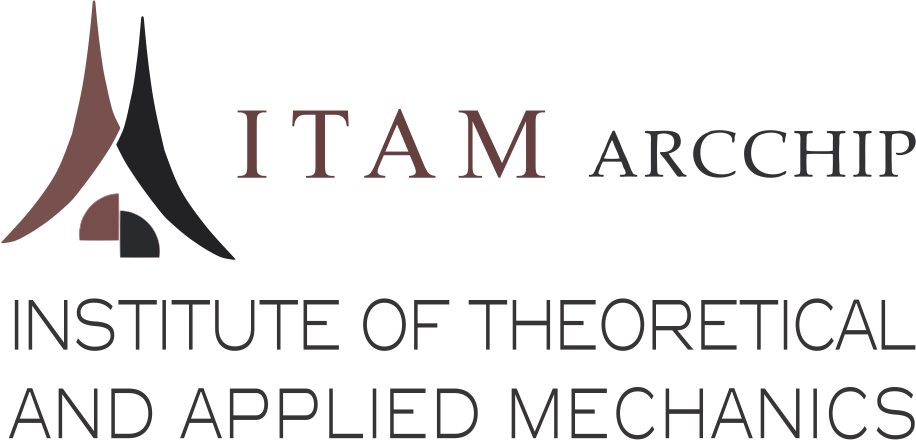June 5th - June 6th, 2019
Telč, Czech Republic
| Daniel Vavřík |
 |
| Institute of Theoretical and Applied Mechanics, CAS |
 |
|
Daniel Vavřík received his PhD degree at the Czech Technical University in Prague, Faculty of Nuclear Sciences and Physical Engineering in 2000. He is currently leading of Neutron and X-ray Radiography in Prague at the Institute of Theoretical and Applied Mechanics of the Czech Academy of Sciences in Prague. His main research activities are concentrated on experimental methodologies connected with material research and analysis of cultural heritage artifacts. More specifically: X-ray imaging and CT reconstruction with related instrumentations; Experimental mechanics; Optical methods and their instrumentations; Processing of experimental data; Design of special mechanical experimental devices. He has been involved in 15 national and international scientific projects until now. He is author and co-author of 54 scientific and technical papers in impacted journals, 110 conference papers. He obtained 4 patents.
|
X-ray Computed Tomography with intrinsical 1 um voxel size based on specific data acquisition and processing |
Daniel Vavřík
|
|
Nowadays X-ray tubes in conjunction with digital pixelated detectors are standardly utilized for high resolution imaging with several micrometre or even sub-micrometre resolution. Achievement of the same resolution in X-ray computed tomography is a much more demanding task due to the time-dependent tube spot movement, comprising both the tube electron beam drift and the movement caused by thermal deformations of the tube. The spot movement can be evaluated with subpixel resolution using digital image correlation tools in conjunction with special protocol of the CT data acquisition. It will be demonstrated that the quality of a tomographic reconstruction can be significantly improved incorporating measured tube spot movement into data processing pipeline. It will be shown that real 1 um voxel size can be reached although CT scanner used was not primarily designed for such resolution.
|



